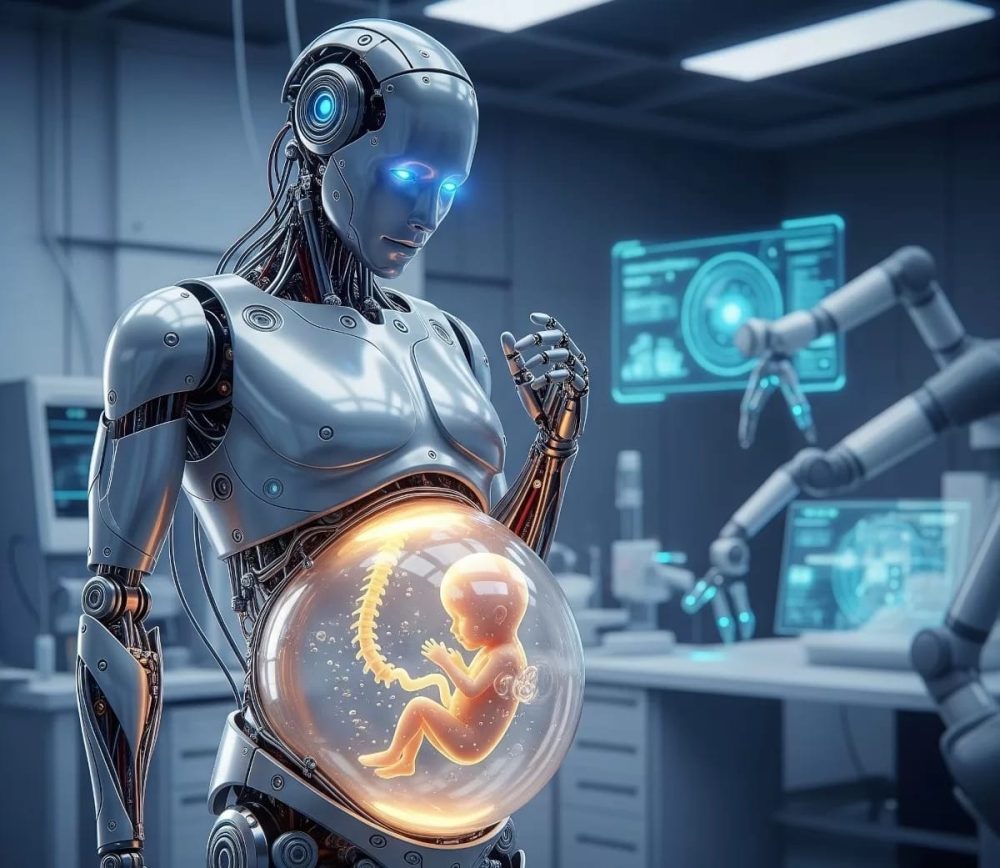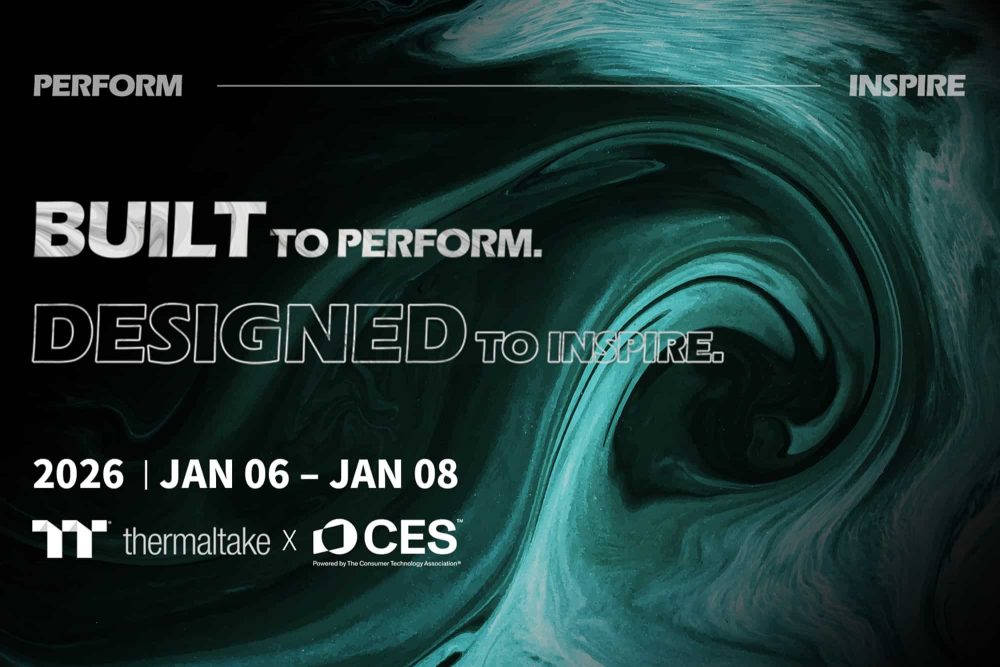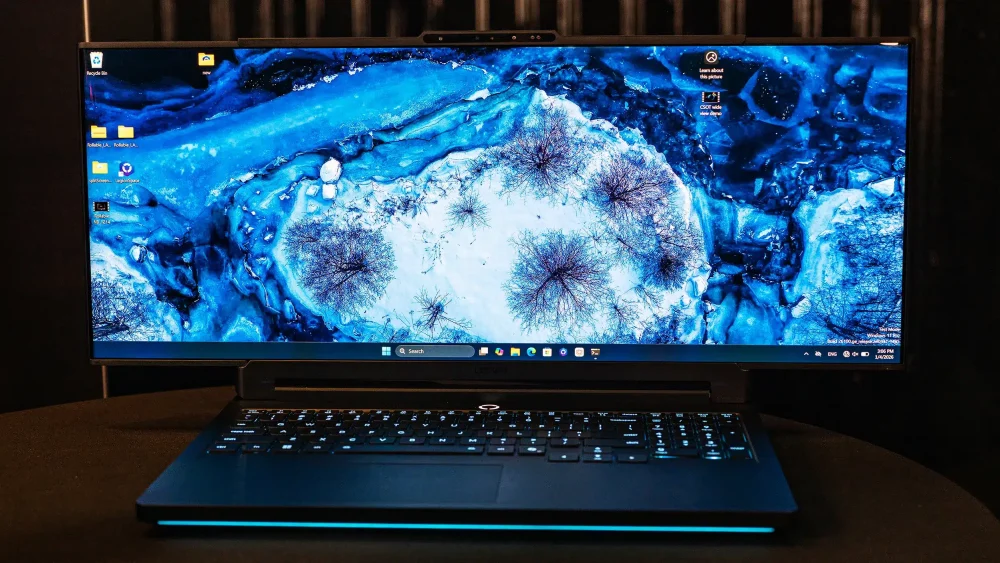A Chinese startup is making headlines with one of the boldest visions in biotechnology yet: a humanoid “pregnancy robot” equipped with an artificial womb designed to carry human children.
Kaiwa Technology, based in Guangzhou, unveiled its plans at the 2025 World Robot Conference in Beijing. The concept, developed by Dr. Zhang Qifeng, involves a life-sized humanoid equipped with an artificial womb filled with amniotic fluid, connected by a nutrient hose, and capable of sustaining a fetus for the full 10 months of gestation before giving birth.
The company claims that the technology, slated for prototype demonstration by 2026, would offer an alternative to costly surrogacy. The price tag? Around 100,000 yuan (about $13,900), far below the six-figure surrogacy costs in the U.S.
“We are not merely talking about an incubator,” Dr. Zhang told Chinese media. “The technology allows a real person to interact with the robot as the fetus grows inside.” He added that discussions with Guangdong provincial authorities on ethics and legislation are already underway.
Artificial Wombs: Where The Science Is
The idea is not without precedent. In 2017, researchers at the Children’s Hospital of Philadelphia successfully grew a premature lamb in a “biobag” filled with artificial amniotic fluid, equivalent to a human fetus at 23 weeks. The lamb survived and developed normally over several weeks, marking a major milestone in neonatal medicine.
But translating that to full human gestation is another story. The placenta remains one of the most complex organs in biology, regulating nutrient transfer, oxygen exchange, hormones, and immune protection. Current artificial wombs function more like high-tech incubators, sustaining premature life temporarily, not as a complete replacement for pregnancy. Implantation, placental development, and safe full-term growth outside the human body remain unsolved frontiers.
Ethical & Social Questions
Even if the technology matures, it will open a Pandora’s box of questions:
- How safe would such births be, and who bears responsibility for complications?
- Could widespread access lead to industrialized reproduction or “baby factories”?
- Would children born from machines face new social or legal stigma?
It Will Take Longer
From a biological standpoint, the “pregnancy robot” is not feasible today. Artificial womb research is making progress, but within controlled labs, not humanoid robots. Integrating such delicate processes into a robot’s abdomen seems more like techno-theater than imminent science.
That said, the long-term trajectory of medical research makes full ectogenesis, complete development of a baby outside the human body, plausible within the next century. If it comes, it will likely arrive in the form of medical pods, not humanoid surrogates.
For now, the robot remains a vision piece: provocative, headline-grabbing, and deeply unsettling. But the questions it raises about the future of reproduction, who controls it, who benefits, and who risks losing, are very real.


